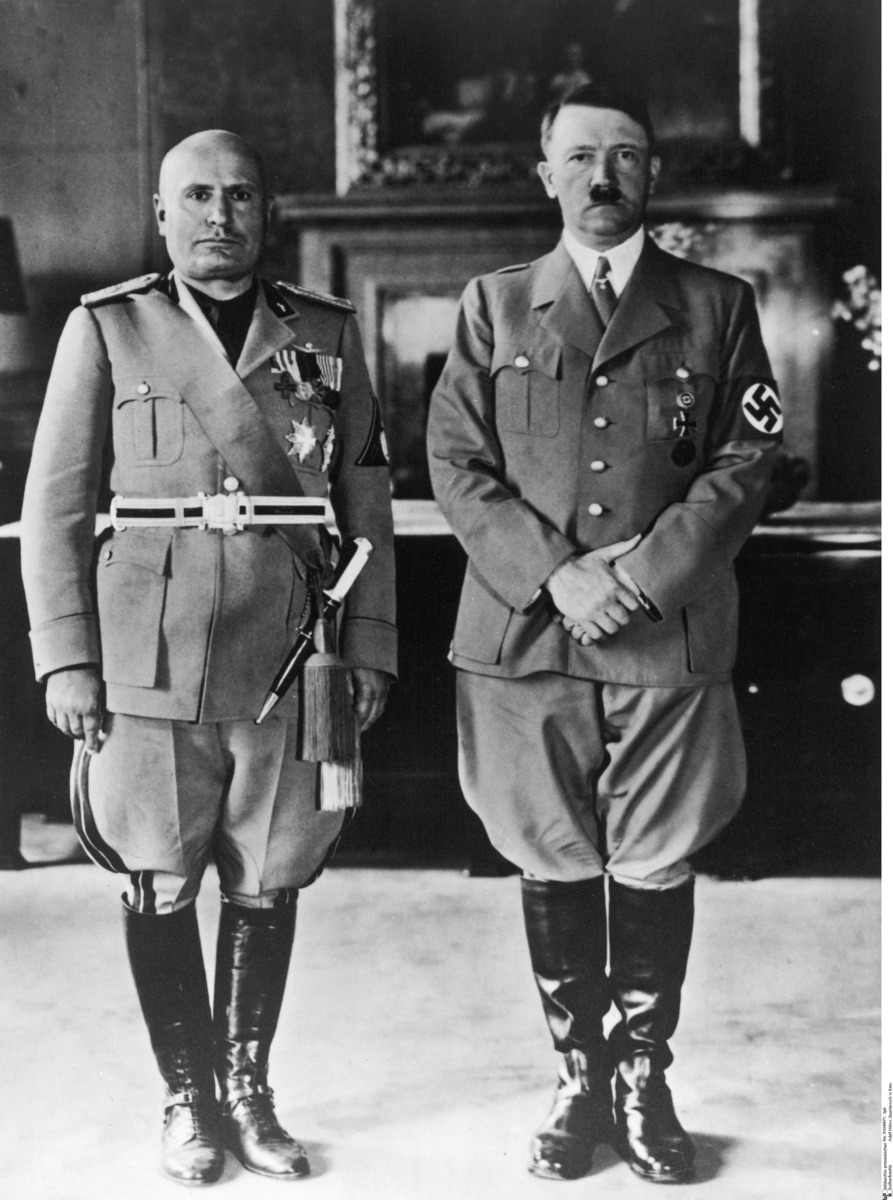Abstract
Since the 1920s, Hitler had greatly admired Italian dictator Benito
Mussolini both personally and politically, and he considered Fascist
Italy a natural ally for the German Reich. At first, however, Mussolini
was hostile to the Nazi regime. He had no sympathy for Nazi racial
theories and mistrusted Hitler’s expansionist intentions, especially
with regard to Austria and South Tyrol, which had belonged to Italy
since 1919. Up until 1935, Mussolini repeatedly protested both German
rearmament and the country’s aggressive foreign policy, and rejected all
of Hitler’s attempts at diplomatic rapprochement. The German-Italian
relationship first changed with the Italian attack on Abyssinia in
October 1935, after which the League of Nations imposed economic
sanctions on Italy and isolated the country diplomatically. By remaining
neutral in this matter, Hitler secured Mussolini’s gratitude and laid
the foundations for the later “Berlin-Rome Axis.” Their common
intervention on behalf of Franco in the Spanish Civil War put the final
seal on Mussolini’s decision to ally himself with Hitler against the
Western powers. In 1937, Italy left the League of Nations and joined the
German-Japanese “Anti-Comintern Pact.” The German-Italian rapprochement
reached its highpoint with the signing of the “Pact of Steel” on May 22,
1939, in which both sides committed themselves to mutual military and
economic support in the event of a war of aggression.
